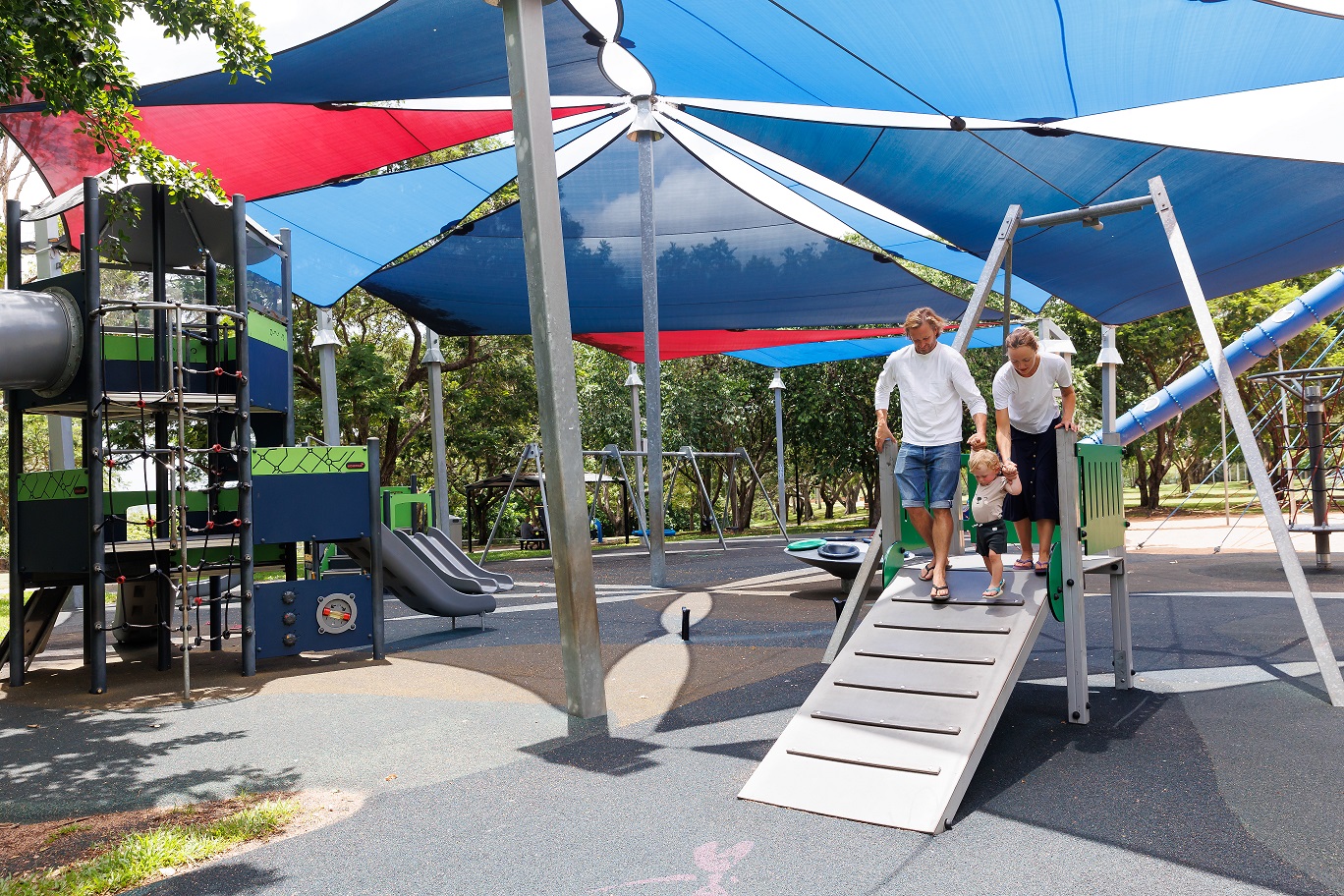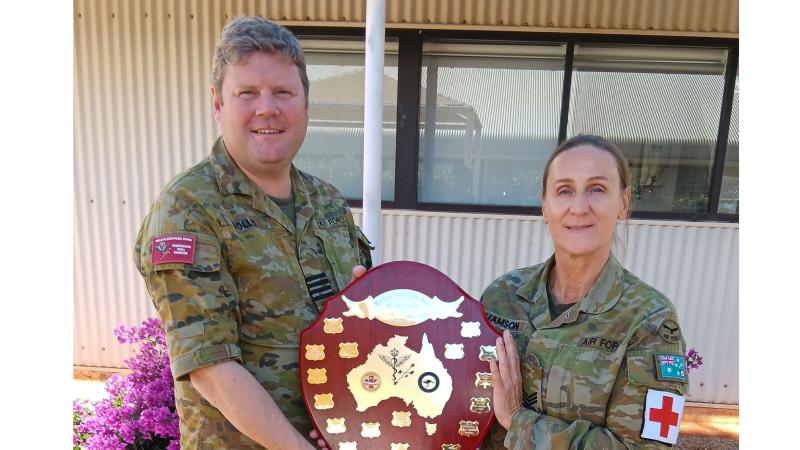Australian Radiation Protection and Nuclear Safety Agency experts contributed to two reports on radiation exposure and health effects that were approved by the United Nations Scientific Committee on the Effects of Atomic Radiation (UNSCEAR).
A report on cancer risks following radiotherapy, and a report on the public’s exposure to ionising radiation were endorsed at UNSCEAR’s annual meeting in Vienna in May.
ARPANSA’s Public and Occupational Exposures Assistant Director, Cameron Lawrence, was one of the lead writers.
He says that the committee’s report found that between 2007 and 2022 the primary contributor to the worldwide average annual effective dose continues to be natural sources.
‘Specifically, the inhalation of radon, thoron, and their decay products remain as the major contributors of human exposure,’ Dr Lawrence said.
‘With the exception of medical exposure, exposure from other artificial sources, such as the nuclear fuel cycle, global fallout, consumer products and legacy sites are minor.
‘Overall, the estimate of average annual exposure has increased but this is simply due to an improvement in the datasets used. The estimated range of global exposure remains the same as the last UNSCEAR report on public exposure.’
Regarding the report on radiotherapy, ARPANSA’s Chief Medical Radiation Scientist Ivan Williams says the report found that the risk of developing a second primary cancer due to radiotherapy is very low.
‘The reports significantly influence international and national debate regarding safe and accurate radiation use, and the current understanding around radiation protection,’ Dr Williams said.
‘It is crucial for cancer patients not to hesitate in pursuing radiotherapy treatment, given its significant benefits,’ he said.
As the Australian Government’s primary authority on radiation protection, ARPANSA supports international scientific collaboration for the benefit of people and the environment.








